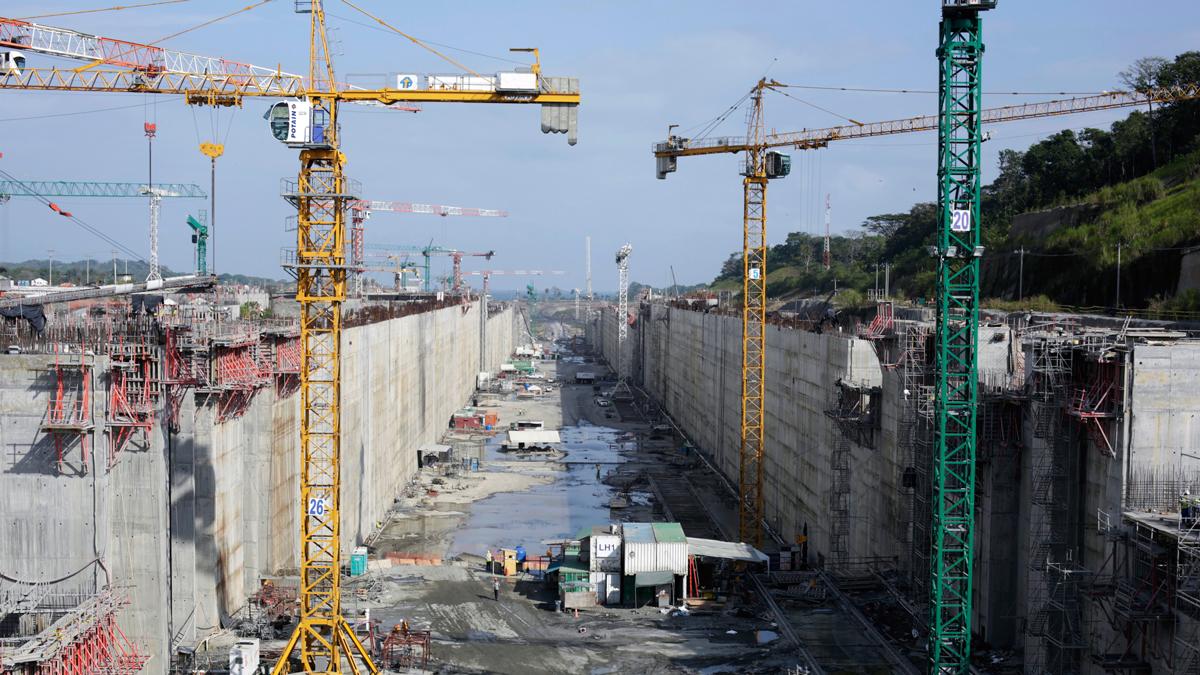New safety concerns rising with expanding Panama Canal
The Panama Canal expansion project, seen in January 2014, is finally nearing completion.
One hundred and one years ago this month, the first ship sailed through the Panama Canal, which links the Atlantic and Pacific Oceans.
The 48-mile waterway has been called one of the seven wonders of the modern world, but a century after its inauguration it is now too small to take the world's largest container ships.
A new lane is being built to allow ships which can carry more than double the current cargo to pass through the isthmus.
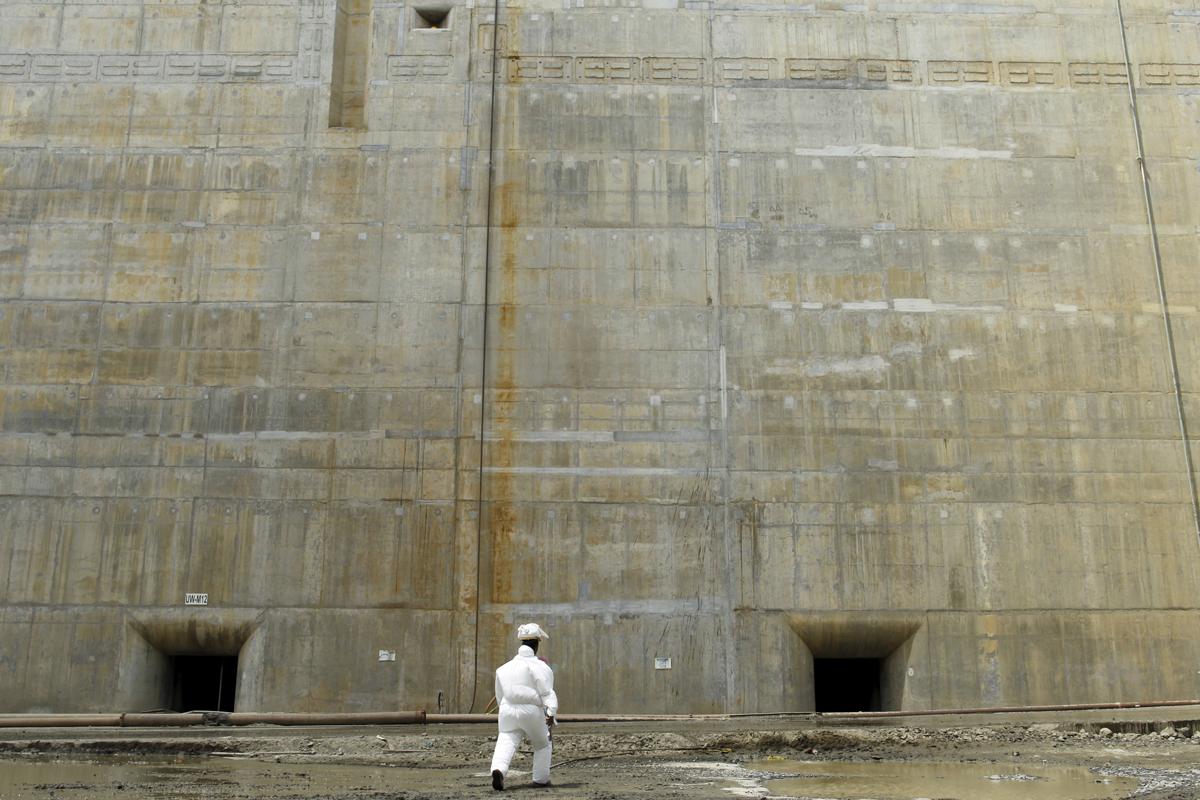
Work on the expansion began in September 2007 and was originally set to be completed in 2014. Following delays caused by construction workers' strikes and disputes over cost overruns, the date for completion has slipped to April 2016.
Massive project
Standing at the base of the upper chamber of one of the new locks, peering up at the first gate, you get to appreciate the vast scale of this $5.2 billion-project.
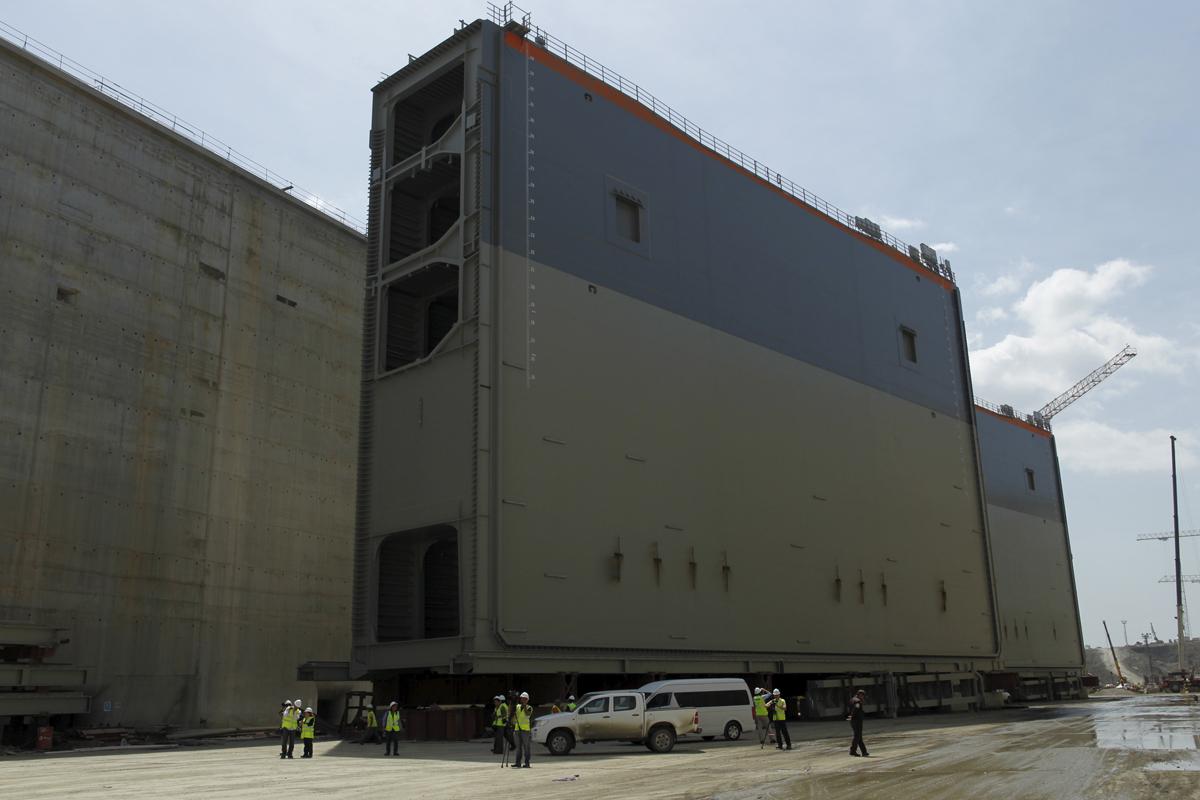
Executive Vice President for Engineering Ilya Espino de Marotta rattles off the figures. The chamber is 180 feet wide. Gate number one, the smallest, is more than 108 feet high and weighs approximately 2,535 tons.
It can be operated by a single person and will only take four to five minutes to open, she says.
No more 'mules'
There is another key difference in the way the new locks will operate. Currently tugboats help guide ships through the narrow waterway.
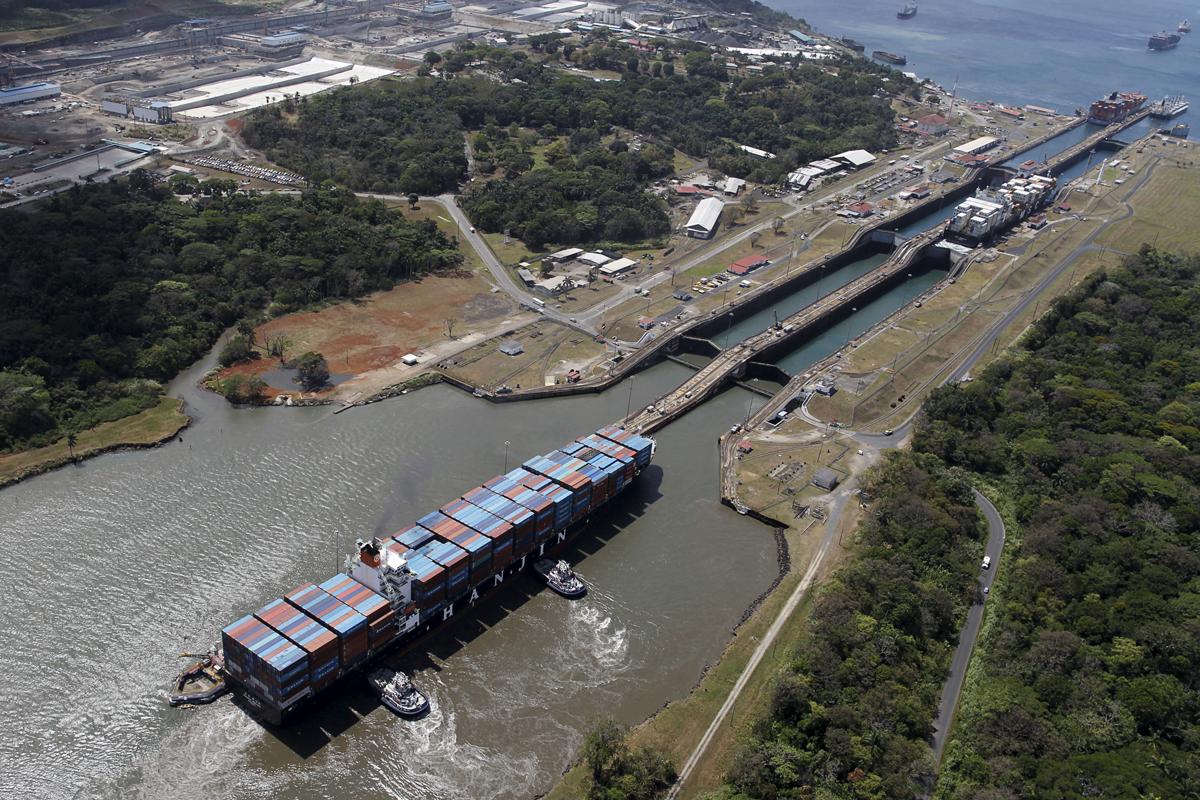
In the existing locks, ships are also tethered to electric locomotives, called mules, which run along the dock walls and help align the ships correctly.

A large vessel may have up to eight mules guiding it, with two on each side at the bow and stern.
In the new locks, there will be no mules.
'No training'
The lack of mules is something that worries tugboat captains, says Ivan de la Guardia, general secretary of the Union of Tugboat Captains and Deck Officers of the Panama Canal. He fears the responsibility for guiding ships safely through the new locks will lie squarely with tugboat captains.
He says, so far, the canal administration hasn't provided any guidance and has failed to include his members in relevant planning committees.
"We haven't had any training or any briefing by anyone from the canal administration on how they plan to do this," he says. "This raises a big red flag because there are obvious safety concerns."
'Joint responsibility'
Panama Canal Administrator Jorge Luis Quijano says that the role of the tugboat captains will be different in the new locks, but denies that responsibility for steering the ships will lie solely with them.
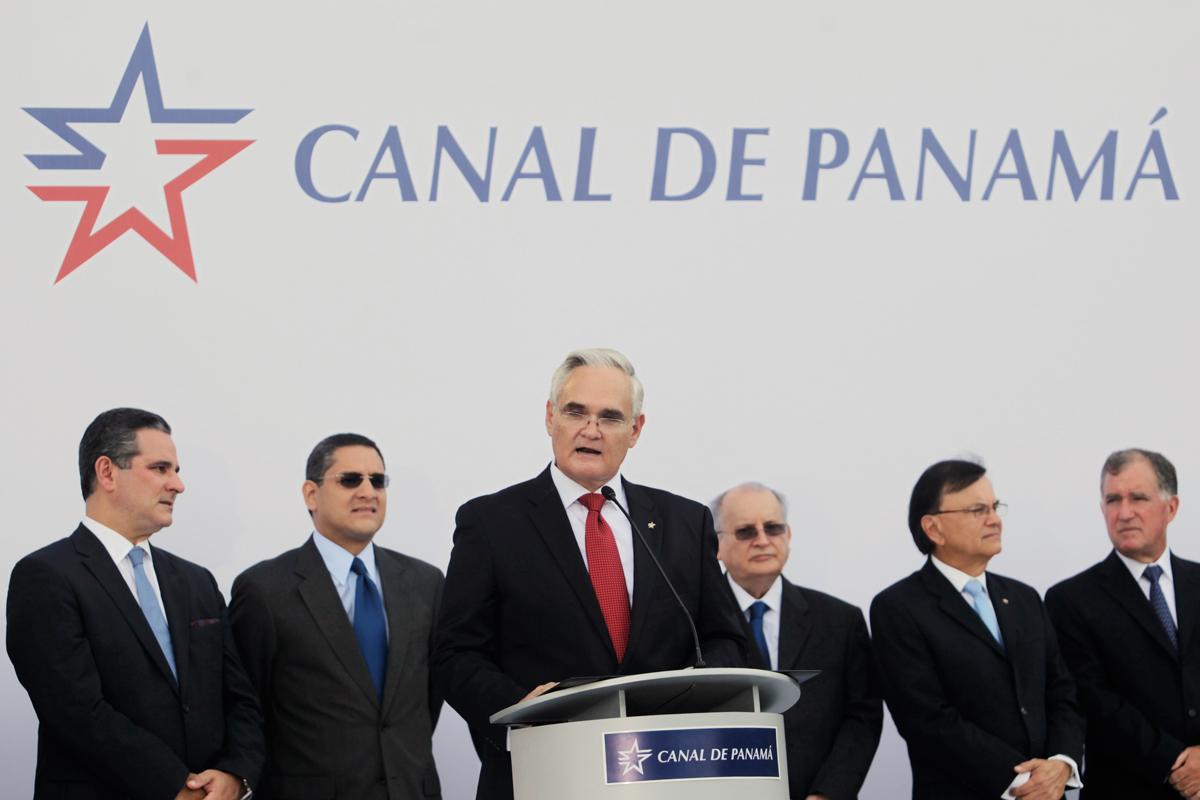
He says that there will be a "combined responsibility" between the tugboat captains and the pilots who board the vessels and who will give instructions to the tugboats. Quijano is adamant that the canal administration is going to extraordinary lengths to provide training, even building a scaled model of the canal and two ships at a cost of $6 million.
"We're building two little lakes and locks in the Culebra Cut so that they can try [the 1:25-scale ships] there."
Moreover, he says, there are two bridge simulators and a tugboat simulator for pilots and tugboat captains to practice on. But de la Guardia says scale models and simulators are not good enough.
"What we need is real hands-on training on how to maneuver real ships, to see how we are going to put the lines up, the speed at which we can do this, and how many ship lengths we need to stop the ship."
"Because if we can't stop the ship in the canal, we have a big problem."
'Real-life conditions'
Quijano insists the models and simulators are just the first step and that he himself proposed that the Panama Canal Administration charter a full-sized container ship.
"We plan to have that vessel here by January and it's in the budget," he says.
He adds that this will give everyone involved in steering ships through the new locks three months to practice under real-life conditions.
"We have the plan and we will execute the plan," he says.
A version of this story was cross-posted by the BBC World Service, which co-produces PRI's The World.
